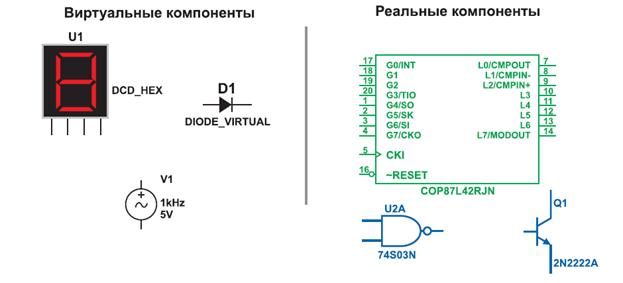ENVIRONMENTAL GRADIENTS
Each factor can be considered to form a environmental gradient from a range of low to high (e.g., a temperature gradient, salinity gradient, light gradient, nitrogen gradient, oxygen gradients, pressure/depth gradients, malaria gradient, noise gradient, pollution gradients, food availability gradient, etc.). These gradients exist in all environments and affect all organisms (usually differently Each species can function efficiently over a more or less limited part of each gradient, known as the optimum range within the gradient. Within the optimum range the species can function optimally and maintain a large population (i.e., be abundant). Near the low and high end of the gradient species suffer increasing physiological stress and, although still surviving, can only maintain low populations. Summary: Plants and animals become adapted to life in particular biomes through a process of evolution by natural selection (Mechanism of evolution was determined by Charles Darwin). Adaptations - are traits that give an organism an advantage in an environment. Variations of adaptations are essential for continuity of life, because they confer an advantage on some members of a species in a changing environment.
Key terms:
Questions for review: 1. Present classification of ecological factors. Give examples of factors interactions. 2. Compare different types of biotic relationships. Give examples 3. Explain the Liebig’s law of the minimum. 4. Explain the Shelford’s principle of tolerance limits. 5. Name some ecological groups. Give examples. 6. Name the major terrestrial biomes. What are limiting factors for each biome? 7. Name the main aquatic biomes. Define the critical factors for each biome Make a synopsis: Daniel D. Chiras, “Environmental Science: Creating Sustainable Future” 1. Draw a graph of range of tolerance (p.65, fig. 5-4). Critical Thinking (Writing an essay): 1. Deciduous forests once covered large portions of North America and Europe. However, humans have cleared much of these forests to make way for cities and towns. How do you think this shrinking area has affected plants and animals in the remaining forests? 2. Although plants of the coniferous forest and desert biomes seem to have little in common, both contend with dry conditions and brief growing seasons. Compare the ways in which conifers and succulent plants are adapted to these conditions. 3. Estuaries serve as breeding sites for thousand of species of marine animals. What characteristics of this biome would make estuaries advantageous areas for fishes, molluscs, and other aquatic animals to reproduce? What might be disadvantages of reproducing in estuarine areas? 4. Humans are a major competitive force in nature. Prove it. 5. Describe ways in which humans alter conditions within their own range of tolerance.
|




